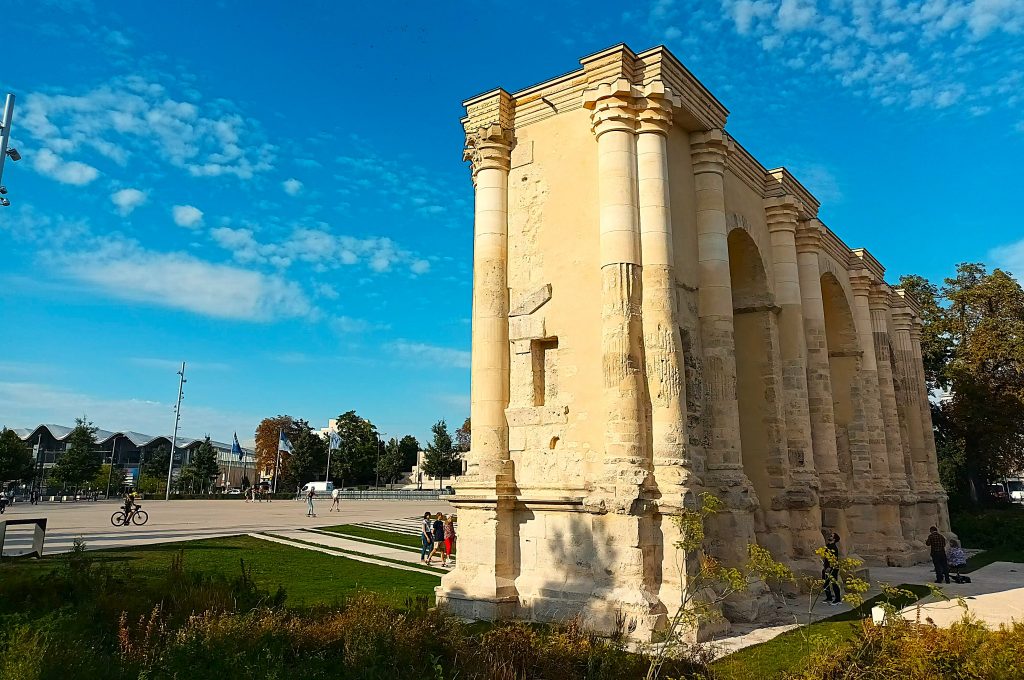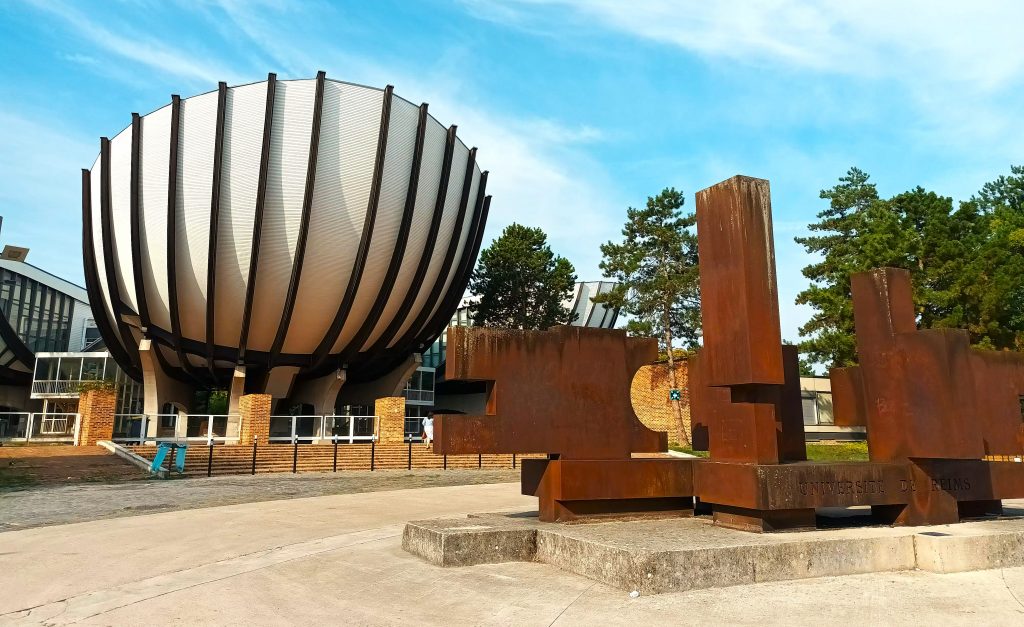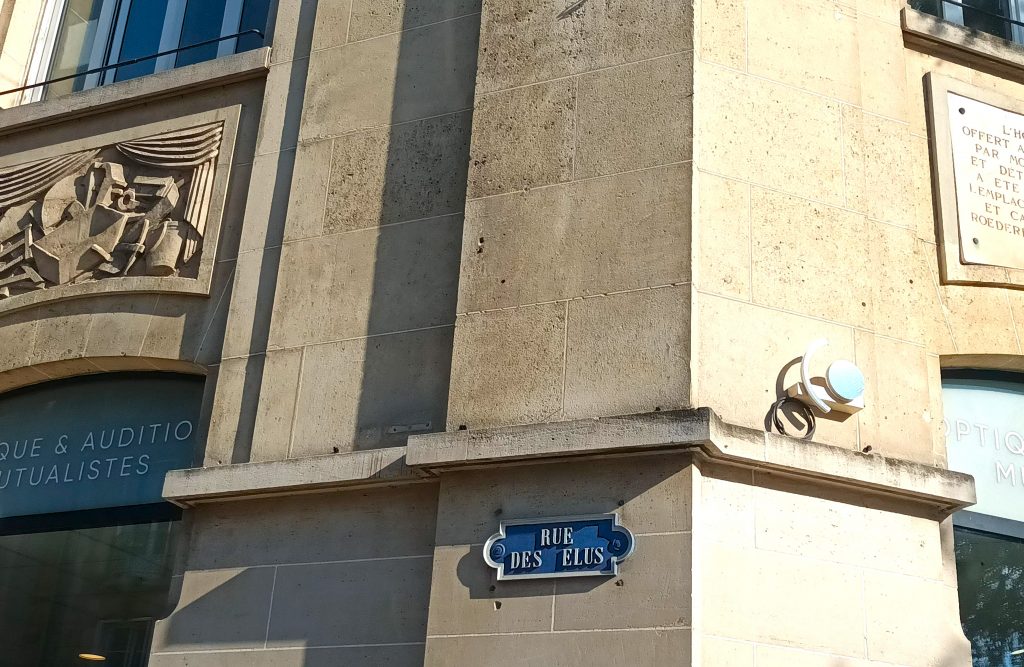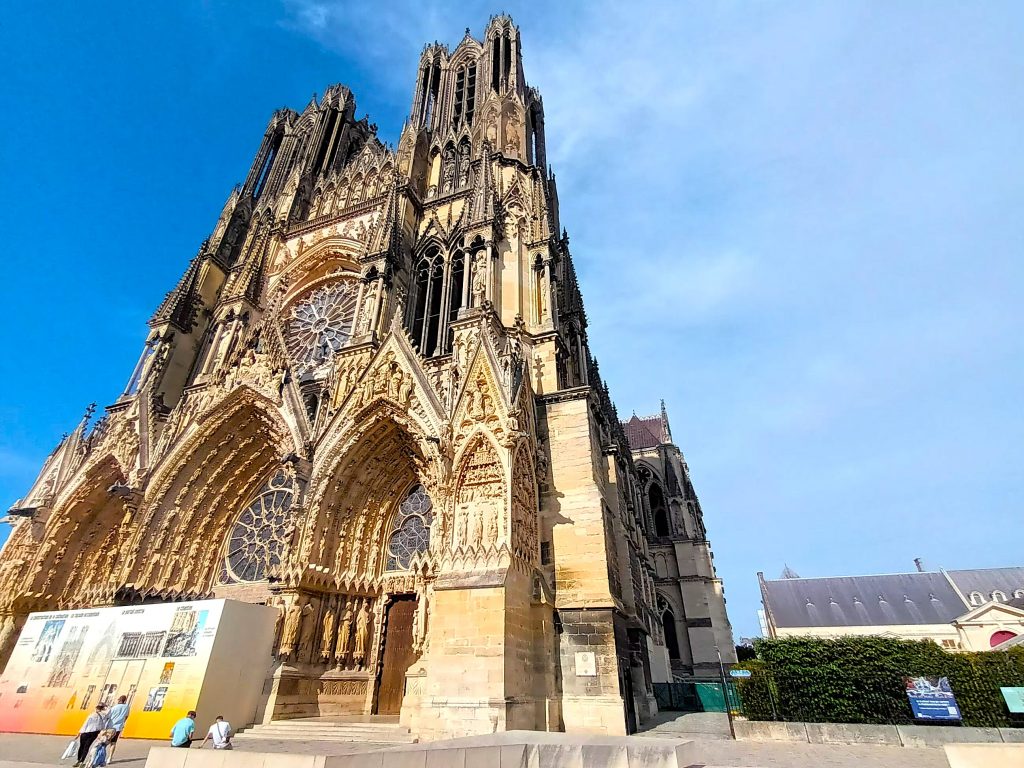
Reims, known and celebrated for its Champagne, is also a remarkable city for its stunning architecture, whether it be its imposing cathedral or its journeys through time between the Gate of Mars, a monumental arch from the Roman Empire, and the futurism of its university.

The Jewish presence in Reims is thought to be very old. The first document attesting to this presence dates back to 1077. At that time, they were mainly confined to rue de Gieu (Jews), which later became rue des Elus (Street of the Chosen). Some sources claim that the medieval synagogue was located at 18 rue des Elus. It was mentioned in documents dating from the 14th century.

Following expulsions, a Jewish community was slow to re-establish itself over the centuries. The first signs of a return were seen at the beginning of the 19th century. This was particularly the case in the aftermath of the 1870 war, with the arrival of Jews from Alsace-Lorraine who did not wish to remain under German rule. In response, a Hispano-Moorish-style synagogue was built in 1879 by the architect Ernest Brunette and decorated by the local artist Marquant-Vogel.

At the turn of the 20th century, there were 600 Jews in Reims. Very involved in the First World War, 16 of them died on the field of honour. The synagogue suffered extensive damage and was repaired in the aftermath of the war.

In the beautiful Reims Cathedral, you will find stained glass windows by Chagall, created especially for this place, combining stories and characters from the sacred books of Judaism and Christianity.

During the Holocaust, many Jews from Reims were deported and murdered, most of them arrested in a round-up at the end of 1942. A stele in front of the synagogue commemorates the 253 Jews deported from Reims. Opposite the Gate of Mars, taking the Allée des 7 et 8 Mai 1945, you will see monuments paying tribute to the Resistance and the civilian victims of Nazi repression.

The Jewish community in Reims was rebuilt in the 1960s to almost 600 people, thanks in particular to the arrival of Jews from North Africa.

The Jewish cemetery was located at the junction of the roads leading to Châlons and Cernay.
Sources : Encyclopaedia Judaica, Mémoire des communautés juives de Champagne-Ardenne.